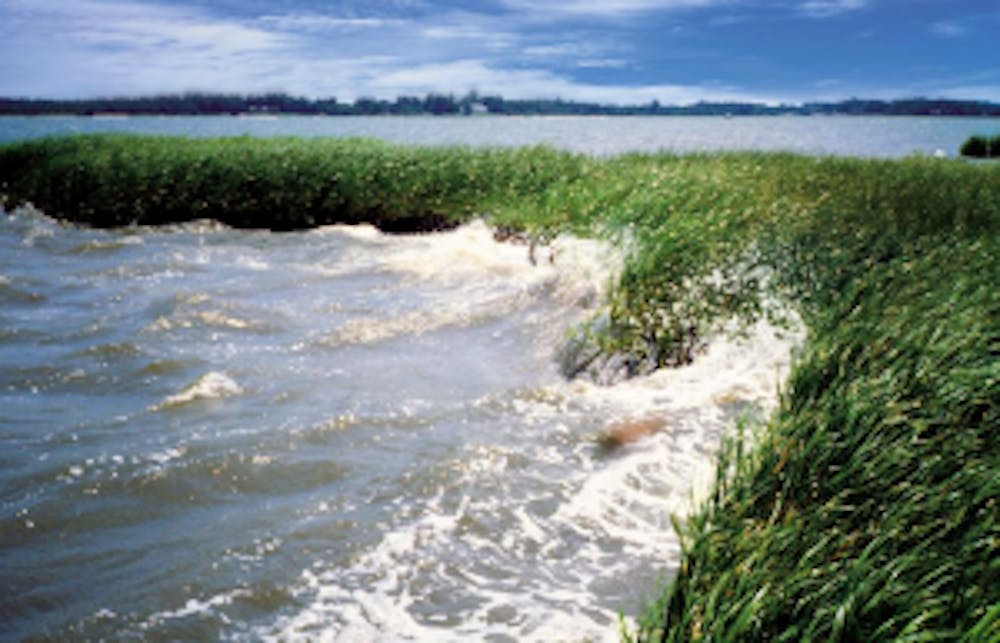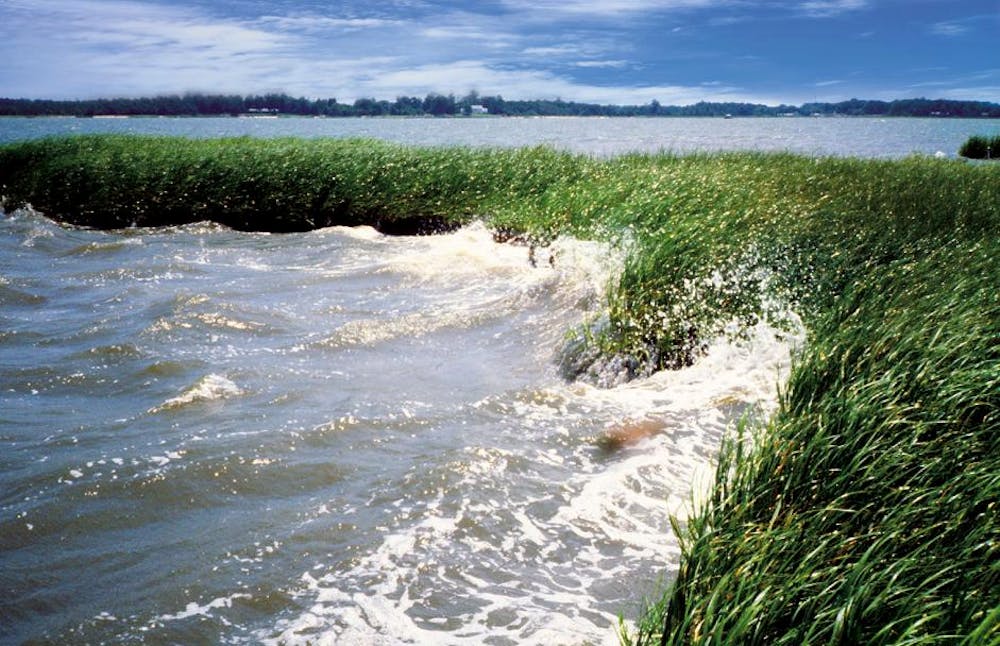It’s a widely known fact that rising sea levels are a direct consequence of global warming; sea levels worldwide have been rising at a rate of 0.14 inches/year since the early 1990s, according to National Geographic. But what effects do these seemingly decimal numbers have on our Earth, and how will this change affect us?
Flooding
We will never forget the catastrophic damage caused by Hurricane Katrina, and that was 9 years ago. Even though Katrina was a hurricane, rising sea levels played a role. According to Risingsea.net, a key dike in New Orleans was overtopped during the hurricane because it was designed for the sea level of 1929, which was a few feet lower than the current sea level in that same area.
As sea levels rise, our preventative measures may not be enough. Rising sea levels also fuel storm surges by providing a higher base for winds and low-pressure water to pile up during severe storms. Extreme flooding can have an effect all over the world, from Venice to New York City, and have countless consequences, ranging from infrastructure damage to displacement of people.
According to the Climate Institute, over 600 million people live in coastal areas that are less than 10 meters above sea level. Two-thirds of the world’s cities with populations of more than 5 million are located in areas at risk of damage from rising sea levels.
Damage to Wetlands

Wetlands offer many ecological services, including storing and releasing water slowly over their floodplains, reducing the risk of destructive flooding.
According to NOAA, wetlands are so important as buffers for storm surges that the height of a storm surge can be reduced by 1 foot for every mile of vegetative wetland.
Wetlands also control and prevent erosion; filter water by removing pollutants and absorbing nutrients from runoff; and provide habitats for a multitude of species. Rising sea levels compromise the health of wetlands by inundating them. Freshwater wetlands are especially at risk with sea level rise, as the salinity of the delicate ecosystem will shift, according to the EPA.
Warmer water from global warming may increase algae blooms, increase the spread of disease, and support invasive species, according to National Wildlife Federation. These effects would dramatically change the types of species able to survive in the area.
Disappearing Habitats

The rise in sea levels will affect many animals’ habitats. According to Climate and Weather, a rise of only 50 cm may cause sea turtles to lose their nesting beaches, specifically in the Caribbean.
Mediterranean Monk Seals need beaches to raise their pups, which risk loss to the ocean.
Whales and dolphins also need shallow waters to raise their calves, and rising sea levels may leave them without a place to do so.
The rise in sea levels and change in salinity may also harm mangrove forests, which serve as both a feeding and breeding ground for countless fish, shellfish, and other wildlife, according to National Wildlife Federation. The effects of rising sea levels may also kill off plants that wildlife depends on for food and shelter.
The Consensus
So the future’s looking a little bleak, and hearing all of these depressing facts probably won’t make anyone feel too hopeful.
But here are the worst-case scenarios: the dark before the dawn, so to speak.
Sea levels will continue to rise, but nobody knows for sure by how much. According to National Geographic, one study says that by 2100, sea levels will have risen between 2.5 to 6.5 feet, which is substantial enough to “swamp many of the cities along the U.S. East Coast.” If the Greenland ice sheet completely melts, this number boosts to 23 feet, “enough to submerge London.”
Scary stuff.
But with all the bad there has to be a silver lining. We can do now; reduce CO2 emissions, protect our coastal areas, and while we hear the frightening predictions about the future, there’s another side operating at the same time: the side that seeks solutions. We know what consequences global warming will and have had, for the most part, and we’re educated about the effects of sea level rise. We know what we’re facing—it’s a matter of getting people to care.
Major Effects of Sea Level Rise

